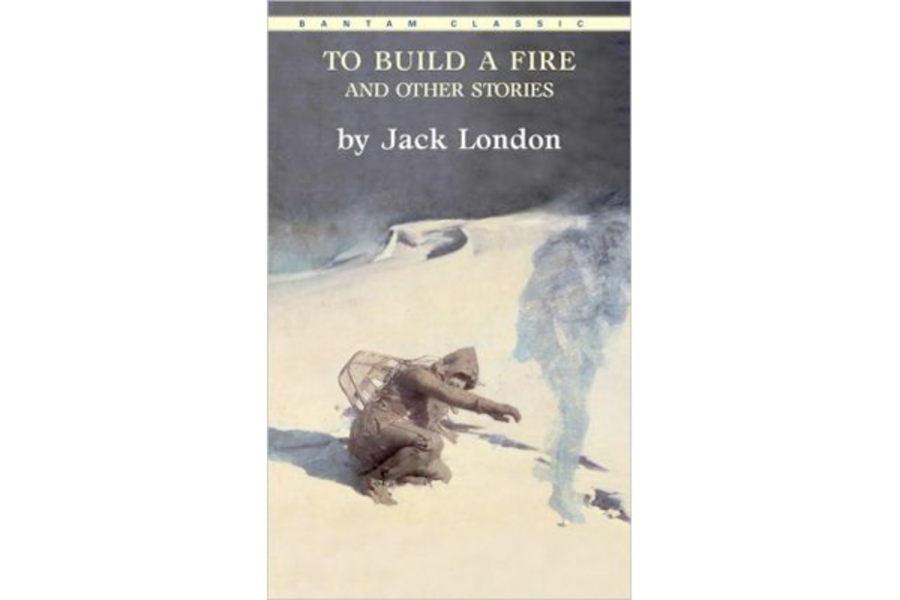Polar vortex takes us back to the coldest story in American literature
Loading...
Now that frigid temperatures have settled across much of the United States this week, the time seems right to revisit the coldest story in American literature.
We’re talking, of course, about Jack London’s “To Build a Fire,” a Yukon tale that frequently shows up in literary anthologies and assigned texts for grade school.
We won’t disclose all of the plot turns here; if you haven’t read “To Build a Fire,” or have forgotten it, we don’t want to spoil the ending for you.
But suffice it to say that London’s celebrated short story includes a lone, unnamed protagonist who gets into some desperate trouble while hiking through the freezing, barren stretches of the North American wilderness with his dog. His only hope to survive the arctic temperature is building a fire. So begins a frantic race to get a blaze going – a task complicated by wind, damp, and fingers numb with cold.
London first published a version of the story in Youth’s Companion, a magazine for young boys, in 1902. The Youth’s Companion text of the story was fairly tame and moralistic, offering a little life lesson to his young readers. But six years later, London wrote a darker, more naturalistic version of the story that would also resonate with adults.
“To Build a Fire” is widely considered to be London’s best short story. The most enthralling aspect of the narrative is the way that London captures the cold. Here’s how London describes the weather – and the main character’s unwillingness to recognize just how dangerous it is:
"Fifty degrees below zero meant eighty-odd degrees of frost. Such fact impressed him as being cold and uncomfortable, and that was all. It did not lead him to meditate upon his frailty as a creature of temperature, and upon man’s frailty in general, able only to live within certain narrow limits of heat and cold; and from there on it did not lead him to the conjectural field of immortality and man’s place in the universe...."
Readers can get the full text of “To Build a Fire” for free at this Library of America link. Dress warmly before you start reading it. Even in the middle of August, London’s story can chill you to the bone.
Danny Heitman, a columnist for The Advocate newspaper in Louisiana, is the author of “A Summer of Birds: John James Audubon at Oakley House.”





